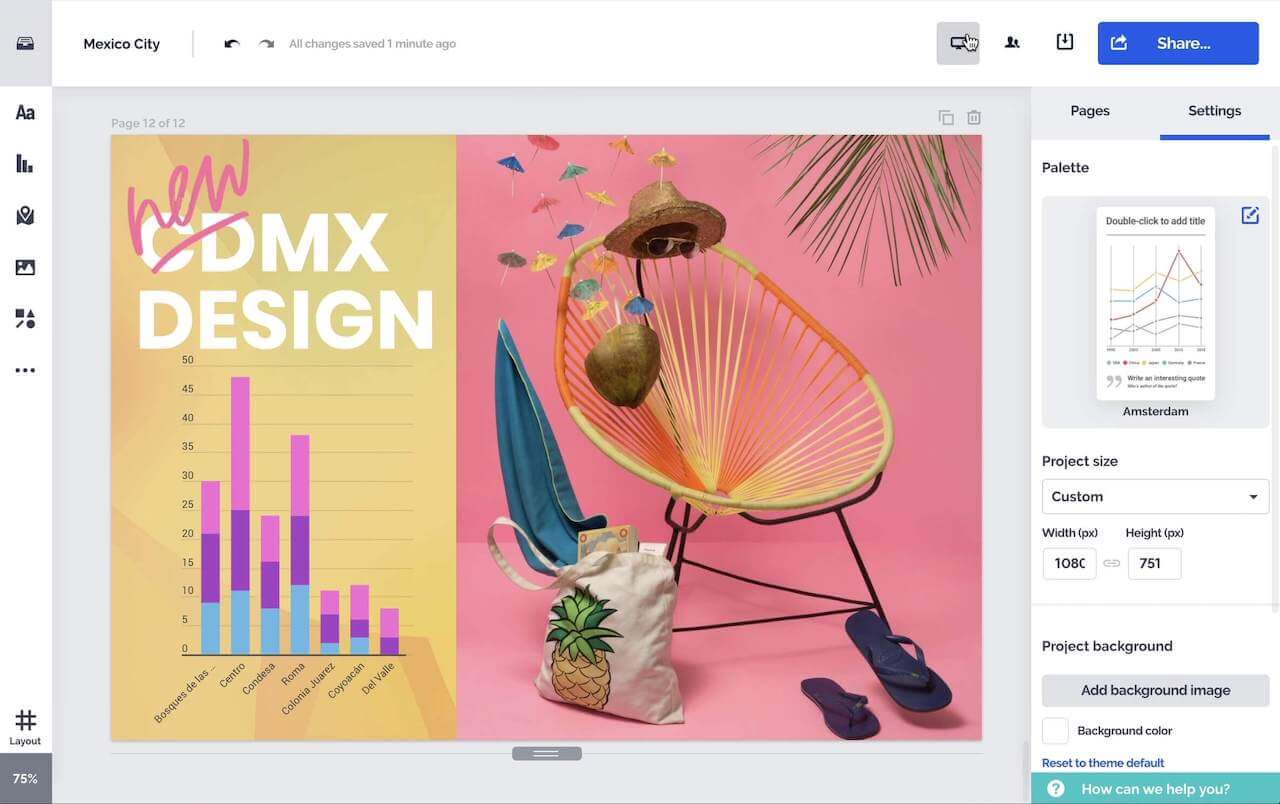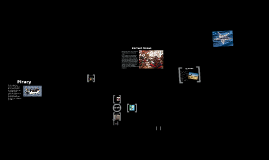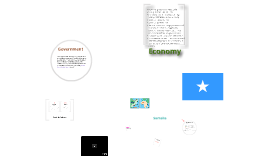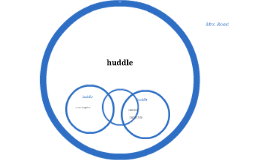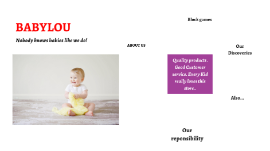Somalia
Transcript: Postcard from Hell Somalia has topped the Failed States Index for the last three years — a testament not only to the depth of the country’s long-running political and humanitarian disaster, but also, to the international community’s inability to find an answer. After two decades of chaos, the country is today largely under the control of Islamist militant groups, the most notorious and powerful of which is al-Shabab. A second faction, Hizbul Islam, rivals the former in brutality — it recently executed two Somalis for the crime of watching the World Cup. Off the coast, pirates such as the men pictured here torment passing ships, often holding them hostage for a high price. In 2009, Somali pirates earned an estimated $89 million in ransom payments. Somalia Somalia is a country plagued by droughts, starvation, corruption and violence. It bears the scars of decades of fighting, and continues to be a major concern to the UN. With Somalia continuously placing in the Failed States Index, this presentation will focus on some key issues that have been casting a shadow over this country. Specifically on the notorious piracy continuing on the east coast of the African continent. Somalia's Profile where is somalia? In the continent of Africa... Located on the east coast of Africa. Somalia borders Kenya, Ethiopia and the Indian Ocean. The coastal features of the country, give the region the name "The Horn of Africa". The capital city of the country is Mogadishu, which is on the coastline. main languages? - Somali - Arabic and these are considered their 2nd languages - English - Italian Islam 99.9% Muslim The constitution of Somalia defines Islam as the religion of the Somali Republic, and Islamic sharia as the basic source for national legislation. Islam entered the region very early on, as a group of persecuted Muslims had, at Prophet Muhammad's urging, sought refuge across the Red Sea in the Horn of Africa. Islam may thus have been introduced into Somalia well before the faith even took root in its place of origin. Christianity is a minority religion in Somalia, with no more than 1,000 practitioners (about 0.01% of the population). Population The CIA World Factbook estimated the population in 2000 as 7,253,137. All such estimates are derived by extrapolating from official censuses taken in 1975 and 1986 by the Somali government. In 2011 the population is to be said 9.5 million (UN, 2011). Such estimates are complicated by the large number of nomads and by refugee movements in a country that has been racked by war and famine for a decade. Nearly 50 percent of the population are nomadic, moving mainly in the central and northern areas, where drought is an ever-present threat. About 28 percent of the population are settled farmers, mostly in the southern areas between the Jubba and Shabeelle rivers. The population profile was estimated in 2000 as 44 percent in the 0-14 years age group, 53 percent between 15 and 64 years, and 3 percent in the 65 years and over age group. HDI English: The United Nations Human Development Index (HDI) rankings for 2011. - (dark blue) Very High - (medium blue) High - (light blue) Medium - (almost white) Low - (dark grey) Data unavailable Somalia Somalia doesn't have any recent HDI rankings because of the lack of government control and safety, however it is considered to be one of the worst countries that have the lowest rankings. Health Infant mortality rate—109.19/1,000 live births Average life expectancy at birth for entire population: 50.4 yrs. According to a 2005 World Health Organization estimate, about 97.9% of Somalia's women and girls have undergone female circumcision,a pre-marital custom mainly endemic to Northeast Africa. Encouraged by women in the community, it is primarily intended to deter promiscuity and to offer protection from assault. AIDs in Somalia Somalia has one of the lowest HIV infection rates on the continent. This is attributed to the Muslim nature of Somali society and adherence of Somalis to Islamic morals. While the estimated HIV prevalence rate in Somalia in 1987 was 1% of adults, a more recent estimate from 2007 now places it at only 0.5% of the nation's adult population despite the ongoing civil strife. Literacy total population that can read and write, 37.8% Quick Timeline 2000 BARRE IS OVERTHROWN warlords try taking over the government, becomes in transition 2009 September - Al-Shabab proclaims allegiance to Al-Qaeda leader Osama Bin Laden 2011 January - Pirate attacks on ships worldwide hit seven-year high in 2010, with Somali pirates accounting for 49 of 52 ships seized 2011 July - UN formally declares famine in two regions of southern Somalia. Aid agencies warn that millions face starvation, after drought, conflict and poverty combine to produce the necessary conditions for famine. 2012 2012 January - Al-Shabab bans Red Cross - one of the few aid agencies still operating in southern and central Somalia - from providing famine relief in areas under Islamist





